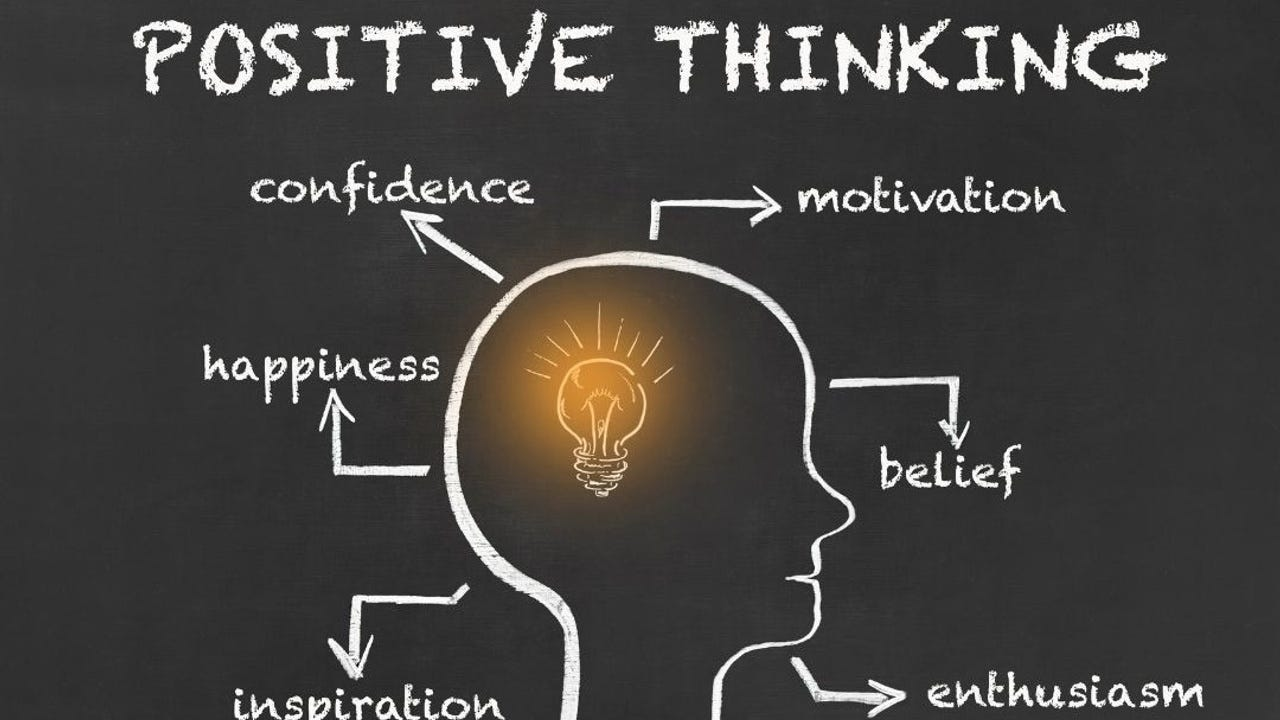Via Week 14, Triangles. Circles. Squares.
Triangles. Circles. Squares.
These are all shapes, with different types of curves and edges connecting each other; they all contribute to what makes up what they are. Just like triangles, circles, and squares, we all have our own curves and edges that make us human. Memories specifically shape who we are.
Our good memories can create soft curves, and bad memories can create rough, sharp edges.
Memories like the ones I have with my mother, who would gently brush my hair when I was a kid each morning. Her gentleness and love for me and our family stay with me today. I remember how she wouldn't waste a second buying food for any homeless person she saw on the cold streets, the stray cat she would always feed on our porch, and the sacrifices she made for those she loved.
These memories I have of my mom helped shape me into the person I am, and they fuel me to become as tender and caring as she is to the world.
Such meaningful memories like these have helped me navigate through life, but some have blocked me, creating rugged attributes of myself.
The death of a loved one, the moment that made me lose my passion for my sport, being hurt by someone I cared about, or even just failing the test that I worked hard studying for.
These types of memories can cause anguish within oneself. They play a vital role in shaping our unwanted parts of ourselves.
However, not all bad memories need to impact us negatively.
The death of a loved one can teach us to cherish the moments we have with someone. Losing our passion for a sport can help us discover new passions. Being hurt by someone special to us can teach us to love more, and even the failure of a test can teach us to work harder.
Memories, whether joyful or sorrowful, can always shape better versions of ourselves.


Hi Via,
ReplyDeleteYour introduction immediately captured my attention because of the interesting hook discussing common shapes. The way you merged this hook into the concept of how memory shapes individuals was masterful and helped emphasize the point significantly to me. Your use of symbolism helped me envision myself and how my memories have shaped me through both soft curves and sharp edges that continue to impact me today. To this day, I remember memories of my family supporting me throughout my life which I cherish and aim to pay back in the future. While these memories have had amazing impacts on me, I agree that some can hinder my state of mind and prevent me from enjoying my passions. If I perform poorly in a soccer game, my confidence is decreased substantially which weakens my performance the next time I play. I feel the best way to respond to these memories is to prevent them from defining every aspect of yourself, something I aim to do to maintain a healthy mentality throughout my life.
Hi, Via I loved how you started your blog by mentioning some of the most common shapes. You later transitioned into connecting humans with shapes as we all have our unique “curves and edges” that make us who we are. I loved this topic of your blog as you explain how memories shape us. I also loved how you explained different memories create different types of curves and edges, which was a unique concept to think about. I could also connect with the examples of empires with your mom because just like you, my mom's memories also shape me as I always learn from her. I personally think we learn a lot from the memories of people around us and that's why memories are a crucial aspect of our personality. Bad memories sometimes do create struggles and you explained that really well in the blog. You used meaningful examples to demonstrate which memories can create damage in your life such as death. It is true, that bad or good memories, both help us shape into a better and stronger person. You also described how bad memories can help us and I loved those examples. Overall your blog was well written with a unique topic.
ReplyDeleteHi, Via. The example of different types of shapes at the beginning was an interesting introduction. The introduction set the stage for the metaphor well with the clear language in the sentence “Memories specifically shape who we are.“ The anecdote’s personal story-telling style made the blog more engaging while creating a relatable experience. Also, although the blog’s later portion focused on a negative aspect of memory(“The death of a loved one, the moment that made me lose my passion for my sport”), the blog maintained an optimistic view with the positive message at the end. Ending with the reflective sentence “Memories, whether joyful or sorrowful, can always shape better versions of ourselves,” you effectively explored the role of memory in our lives.
ReplyDeleteHey Via,
ReplyDeleteThe title of your blog immediately caught my attention. I really like how you connected the curves and edges of shapes to the curves and edges we have as humans. We as humans experience a variety of emotions and struggles which each shape our characters in different ways. I like how you connected good memories like your mom combing your hair to soft curves. It served as a really good representation in my mind. Like you said, the “rugged” parts of myself are created by the edges in my memory. I found that your blog really came full circle (pun intended), when you ended by saying that memories are what shape us. I’ve never thought of memories as shapes before, and now I always will when I make new ones. Thank you for writing this blog!